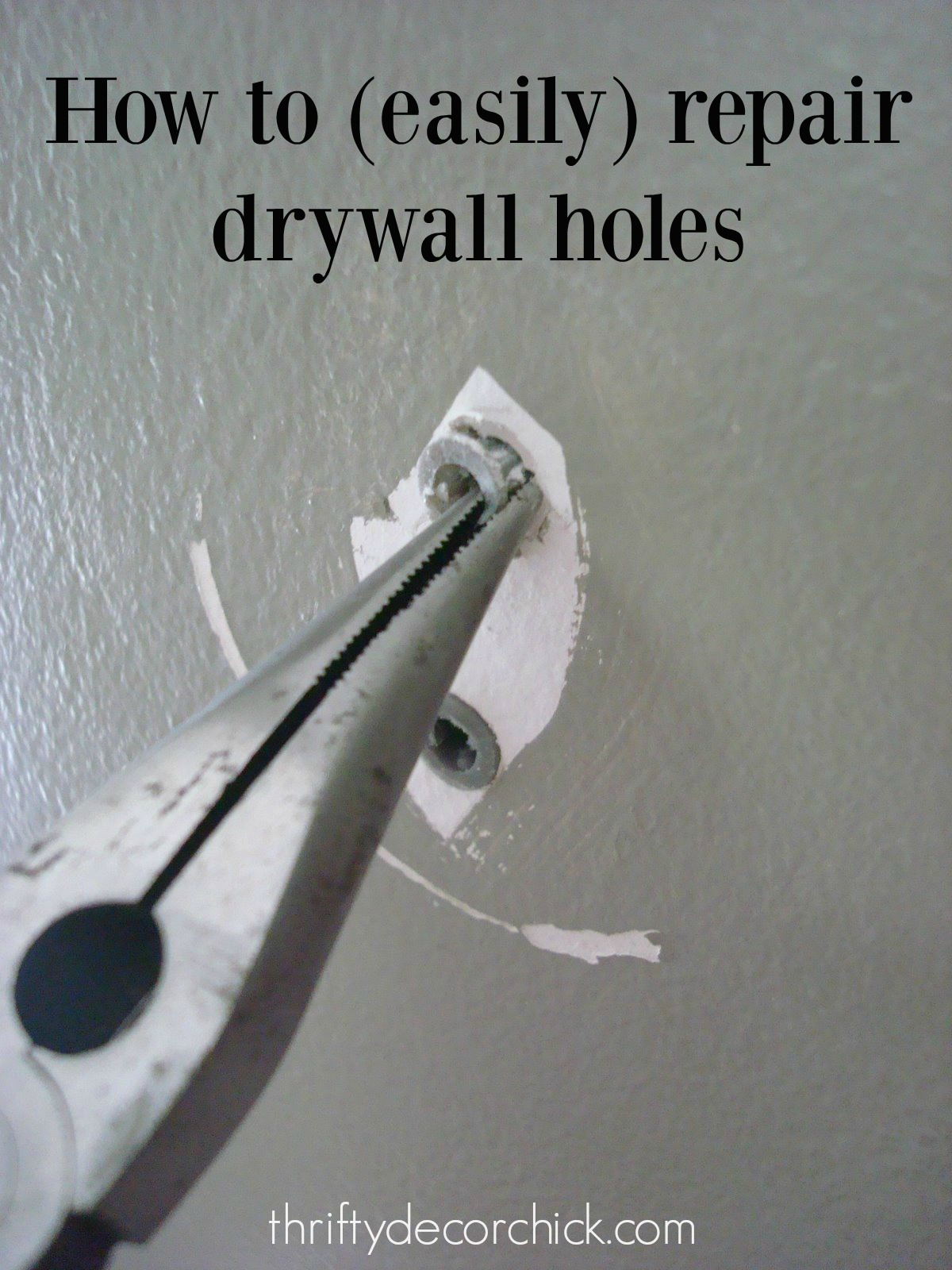


The flexible knife blade should bend slightly as you draw the knife.
COVER WALL HOLES PATCH
Finish the patch with a second coat of the flour-based paste, and smooth it out flush with the surrounding surface. Holding the knife at an angle to the drywall with the mudded side facing the wall, press the front edge of the knife against the wall and draw it across the hole.Allow the paste to set, and then pull out the string.Apply the mixture heavily to your cardboard patch so that it oozes around the square’s edges and binds it in place to the drywall.Mix together one tablespoon flour, one teaspoon salt, and a few drops of water to form a paste.Pull the strings tight to hold the cardboard in place.Push the cardboard through the wall hole, keeping the string ends facing you and ensuring that all corners sit behind intact drywall.From small holes made by nails in the wall to larger holes created by accidents or powerpoint removals, we’ll walk you through the simple steps of making your own repairs. Poke two small holes through the center of the cardboard cutout and thread a short string in through one hole and out through the other. Heres a quick 10-Second DIY Nail Hole Filler Fix that will hide it in a jiffy. 1.There are different methods for patching up a hole depending on its size.Start by cutting a thick piece of cardboard into a square that’s slightly larger than the hole you aim to fix. For an even simpler but equally artistic way to cover a thermostat or other infrequently used wall gadget, try hanging an art piece on a swing arm, or hang it from a standard hanger and nudge it out of the way when you need to get at whatever is behind.Make yours from scratch with just a few simple kitchen items, including a recycled cardboard cereal box. Photo: Method 3: Fix a Hole in the Wall with Flourįor a doorknob-size hole roughly two to four inches in diameter, you’ll need more of a patch to clean up your damaged wall.


 0 kommentar(er)
0 kommentar(er)
